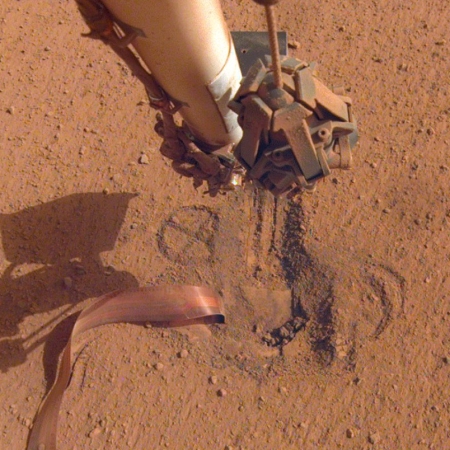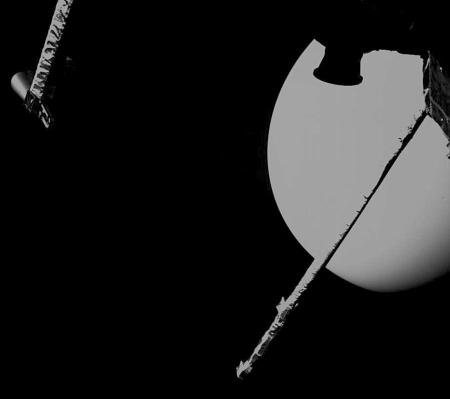Modern science: Celebrating a “high priestess” instead of data
The corruption of modern science and our intellectual class was well illustrated today by the following headline and article in the peer review journal Science:
Act now, wait for perfect evidence later, says ‘high priestess’ of U.K. COVID-19 masking campaign
From the article’s lead:
In May, when several prominent U.K. scientists pushed back against a Royal Society report recommending face masks to help control the spread of COVID-19, Trisha Greenhalgh was furious. The scientists argued there was insufficient support in the scientific literature for the efficacy of masks, and the U.K. government, following their lead, declined to mandate masks for the general public.
“The search for perfect evidence may be the enemy of good policy,” Greenhalgh, a physician and expert in health care delivery at the University of Oxford, fumed in the Boston Review. “As with parachutes for jumping out of airplanes, it is time to act without waiting for randomized controlled trial evidence.” [emphasis mine]
The highlighted words have been the typical argument of the global warming crowd for decades. “We can’t wait for evidence! We need to act now before it’s too late!”
Moreover, she — along with the writer of this Science article — also copies another global warming dishonest tactic, posing a false argument by claiming that the opposing scientists requried a “randomized controlled trial” to demonstrate the usefulness of masks. This is an absurd misstatement, as it ignores decades of research that already exists and was referenced by those opposing scientists, that showed that mandating widespread mask use was generally a bad idea, and would accomplish nothing good.
» Read more










